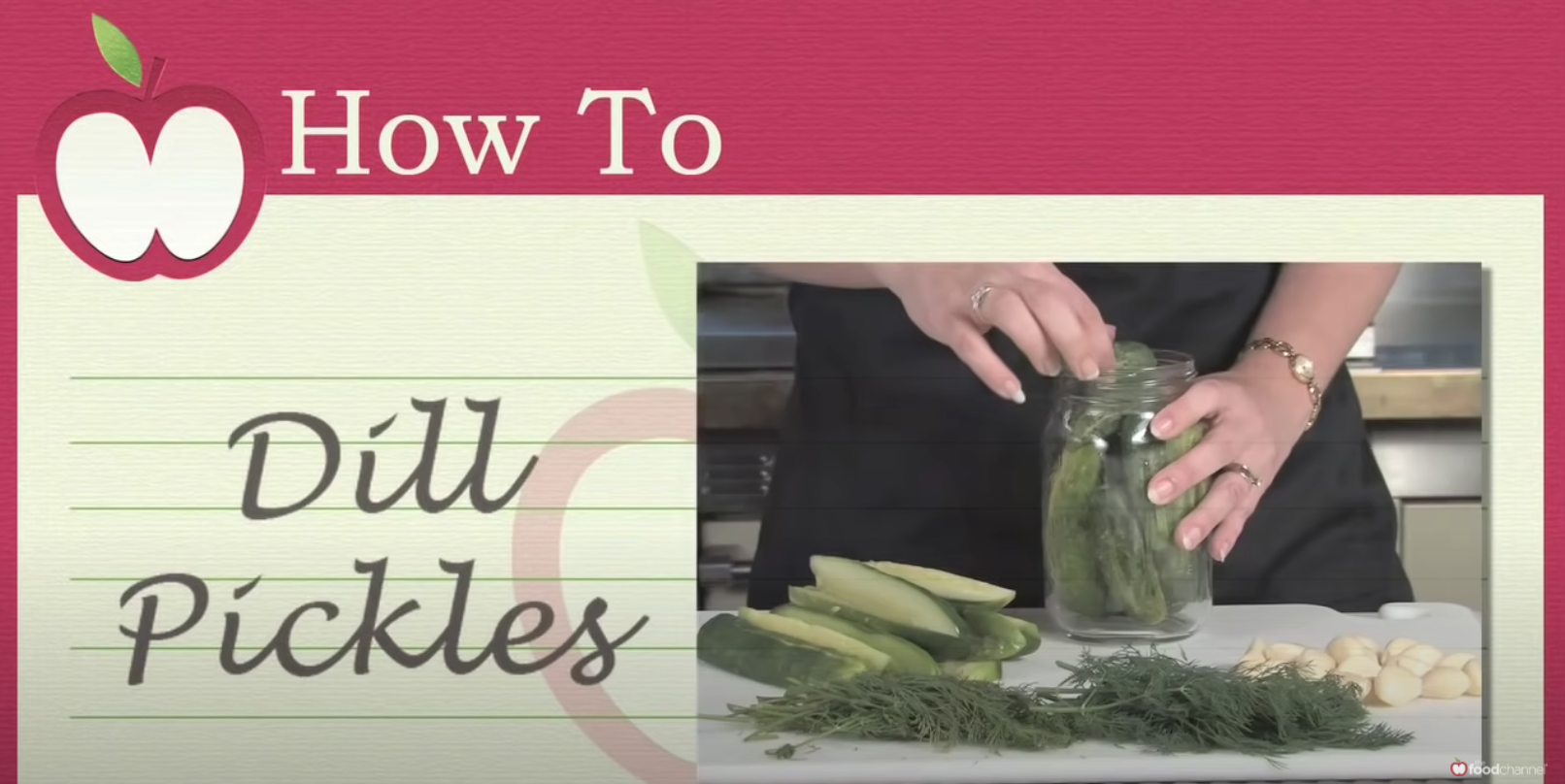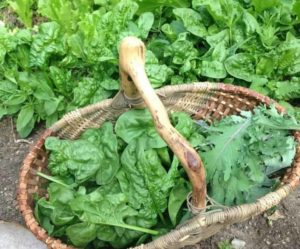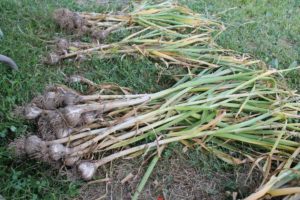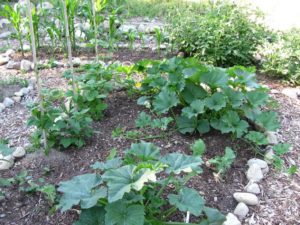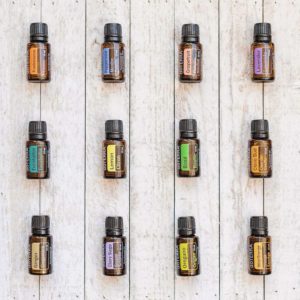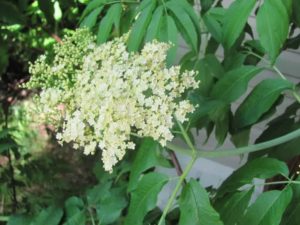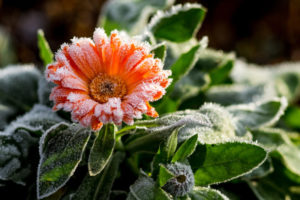Dill pickles are cucumbers that have been pickled in a brine mixture flavored with fresh dill weed. Dill pickles are a scrumptious accompaniment to main dishes when served as a side dish or a salad, and a slice of dill pickle makes a wonderful topping on a hamburger.
Dill pickles are quick and easy to make, but you do need to be patient. You need to wait it out for the cucumbers to pickle in the brine for a few days before you can actually eat them.
Follow this quick dill pickle recipe for delicious dill pickles.
Difficulty level: Easy
Prep time: 10 minutes
Cooking Time: 5 minutes
Cooling time: 20 minutes
Total time: 35 minutes
Serving size: Serves 12
Course: Side dish
Ingredients & Equipment
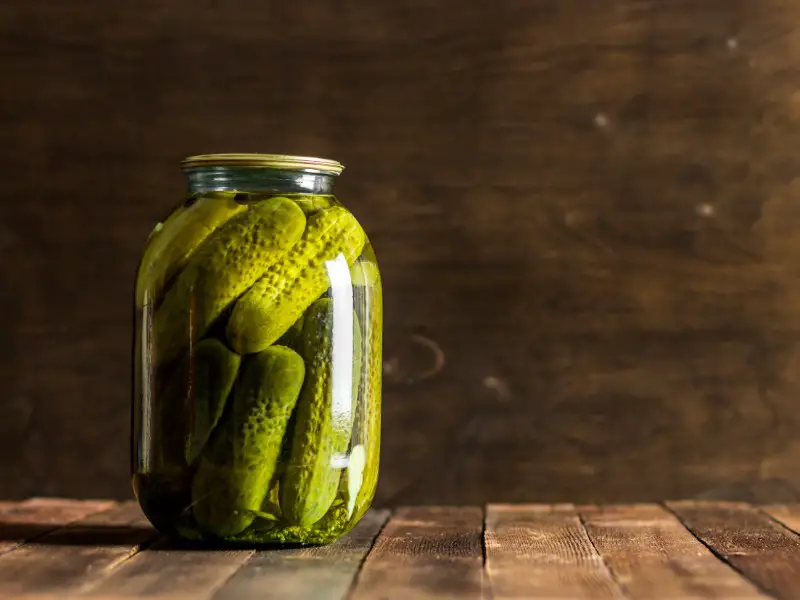
Equipment
- Medium saucepan
- Measuring spoons
- Measuring cup
- Wire whisk
- Sharp knife
- Cutting board
- 2 clean, 1-quart glass jars with sealable lids, or 1 large plastic food storage container with a seal
Ingredients
- 6 pickling cucumbers
- 2 cups water
- 1 cup distilled white vinegar
- 1 tablespoon kosher salt
- 2 teaspoons sugar
- 6–8 sprigs of fresh dill
- 6 cloves fresh garlic, peeled
- 1 teaspoon peppercorns
- 4–6 bay leaves
- 1 teaspoon mustard seeds
There are many varieties of cucumbers. Kirby cucumbers are the best variety for pickling because they are firm and crunchy, but you can pickle any type of cucumber.
How to Make Dill Pickles Quickly (Step-by-Step)
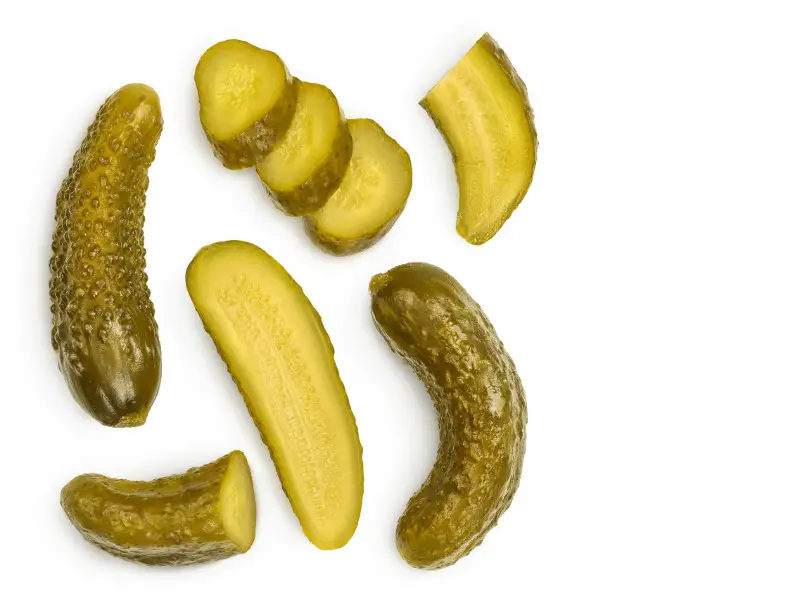
Preparing the Cucumbers
- Wash the cucumbers well
- Slice the cucumbers into quarters lengthwise
- Place the cucumber spears in the glass jars or plastic container
- Add the dill, garlic, bay leaves, peppercorns, and mustard seeds to the cucumbers
The cucumbers can be sliced into rounds instead of spears. This is useful if you want to serve dill pickles as a topping on hamburgers.
Pickling whole cucumbers instead of cutting the cucumbers also works, but they will take an extra two to three days to become fully pickled. When pickling the cucumbers whole, prick a few holes in the skins using the tip of a sharp knife. The holes allow the cucumbers to absorb the brine.
Making the Brine
- Place the vinegar, water, kosher salt, and sugar in a saucepan
- Bring the mixture to the boil over high heat, whisking the mixture as it heats up
- Remove the saucepan from the heat as soon as the mixture boils. Whisk the mixture again to ensure that the salt and sugar are fully dissolved
- Allow the brine to cool for 20 minutes
- Pour the brine over the cucumbers, ensuring that the cucumbers are completely submerged in brine
- Seal the jars or containers and place in the fridge for three days, after which the cucumbers are ready to eat
These dill pickles last for up to six weeks in a sealed container in the fridge.
Tips for Perfect Dill Pickles
Choosing the Best Cucumbers
Select a small cucumber variety, like Kirby cucumbers. Large English cucumbers and other salad varieties aren’t suitable for pickling because they are too soft.
For the best results, use the freshest cucumbers available. To be sure that you are buying fresh cucumbers, look out for the following:
- The skin should be dry, with a few goosebumps, but no wrinkles
- A stem that is still attached
- The cucumber should feel firm, heavy, and solid
- The color should be dark green, with no yellow or brown patches
- The skin should not be shiny or waxy
Using the Right Vinegar
For the best flavor, use distilled vinegar with a 5% acetic acid content. Vinegar with a lower concentration of acetic acid is not strong enough for pickling.
Use white vinegar rather than brown vinegar, because white vinegar doesn’t affect the color of the cucumbers. Brown vinegar has the same taste as white vinegar, but brown vinegar stains the cucumbers and makes them look unappealing.
The Perfect Flavor
The balance of sweet and sour can be adjusted according to personal preference. For more of a sour tang, increase the amount of vinegar and reduce the amount of water by 1/2 cup each.
If you prefer dill pickles with less of a kick, reduce the vinegar and increase the water by 1/4 cup each.
The kosher salt and sugar quantities can be adjusted for a sweeter or saltier pickle, depending on your taste.
Heating & Cooling the Brine
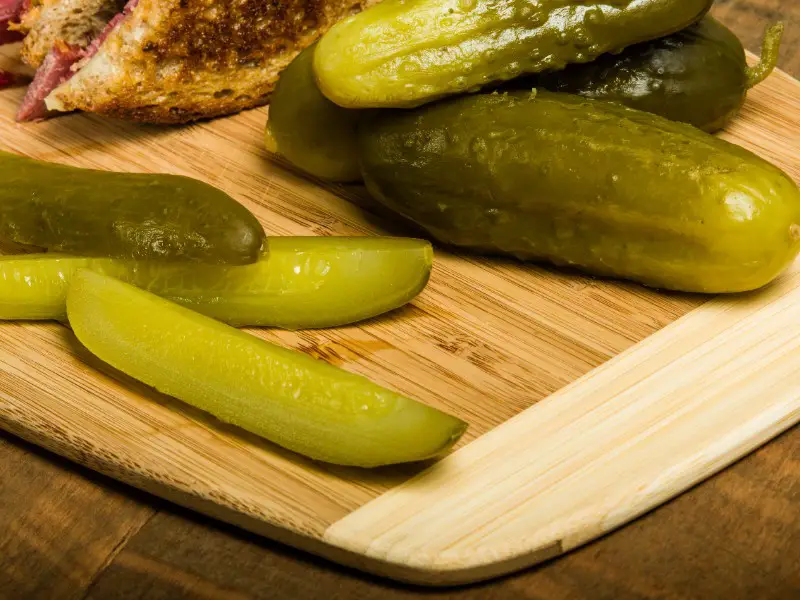
Use a stainless steel saucepan, if possible. Other materials like aluminum, brass, or cast iron, aren’t suitable for cooking vinegar-based liquids because the acetic acid in the vinegar damages the material.
The brine should be heated just up to a boiling point and removed from the heat as soon as the liquid boils and the salt and sugar have dissolved. Leaving the brine to simmer causes it to evaporate partially, affecting the concentration of the vinegar.
Don’t be in a hurry to pour the brine over the cucumbers before the liquid has cooled sufficiently. If the brine is too hot when you pour it over the cucumbers, the cucumbers will lose their crunch and become soft and soggy.
The Best Containers for Pickling Cucumbers
Glass jars and plastic containers are both suitable for pickling cucumbers, but glass jars are preferable because glass is easier to clean and is less likely to contaminate the cucumbers.
If you use plastic, only use food-grade plastic containers that haven’t been used for any non-food items.

